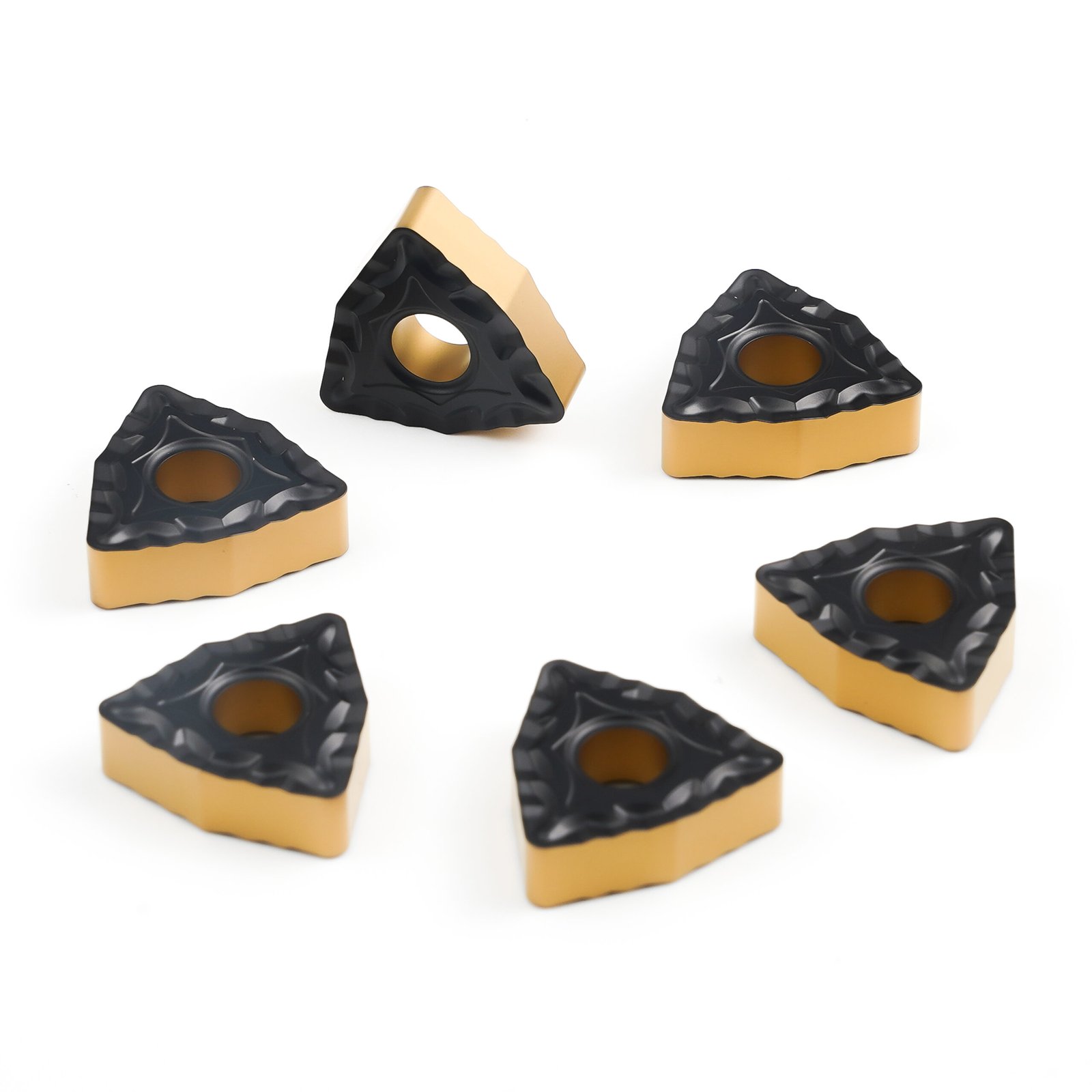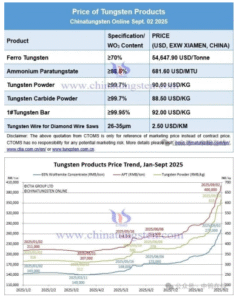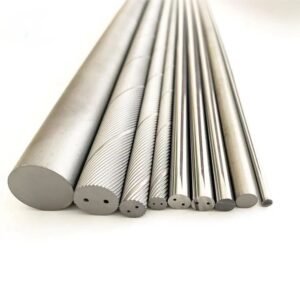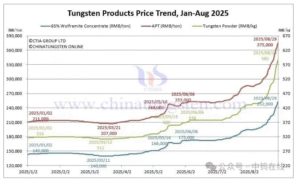Introduction
When people talk about materials in industrial applications, the question often comes up, “Which is better, carbide or steel?” Both are known for their durability and strength. Both have their uses and unique properties. In this article, I’ll answer the question, “Is carbide stronger than steel?” I’ll compare these two materials based on their mechanical properties, applications, and performance to determine which one is stronger.
Understanding Carbide and Steel
What Is Carbide?
Carbide, specifically tungsten carbide, is a compound composed of tungsten and carbon. It is known for its extreme hardness and wear resistance. Tungsten carbide is made by heating tungsten and carbon powders at high temperatures. The resulting material is super-hard and is used for cutting tools, mining bits, and other applications that require durability and resistance to wear.
What Is Steel?
Steel is an alloy of iron and carbon with other elements like manganese, chromium, and nickel added in different amounts. It is used in construction, manufacturing, and many other industries because of its versatility and strength. The properties of steel depend on the specific alloy and heat treatment used, but generally, steel is known for its strength, toughness, and ductility.
Comparing Hardness
Carbide Hardness
The hardness of carbide is one of its greatest strengths. Tungsten carbide has a hardness rating of 8.5 to 9 on the Mohs scale. This means carbide is much harder than most steels. This extreme hardness enables carbide to keep a sharp edge and resist wear even under high-stress conditions.
Steel Hardness
The hardness of steel depends on the alloy and heat treatment. For example, high-carbon steel can have a hardness of 7 to 8 on the Mohs scale, while tool steels can be slightly higher. But even the hardest steel is still softer than tungsten carbide.
Comparing Toughness
Carbide Toughness
Despite its hardness, carbide is relatively brittle. In other words, it can take a lot of pressure and resist abrasion, but it can crack or break under impact or shock loading. So, carbide is not good for applications where you have a lot of impacts or need flexibility.
Steel Toughness
Steel is known for its toughness. It can absorb and dissipate energy from impacts without breaking. Its toughness and ability to deform under stress make it ideal for applications with heavy loads and shock loads. Steel bends instead of breaking, which is a good thing in a lot of structural applications.
Wear Resistance
Carbide Wear Resistance
Carbide is the king of wear resistance because it’s so hard. It works great in applications with high friction and abrasion, like cutting tools and mining equipment. Carbide’s wear resistance means you don’t have to replace tools and components as often.
Steel Wear Resistance
Steel has good wear resistance, especially when combined with other elements like chromium or vanadium. Steel can be heat-treated to make it more wear resistant, but it still doesn’t compare to carbide when it comes to maintaining sharpness and resisting erosion.
Applications
Carbide Applications
You use carbide when you need something hard and durable, like:
- Cutting Tools: Drill bits, milling cutters, turning inserts.
- Mining Tools: Drill bits, rock crushers.
- Industrial Machinery: Parts that have a lot of wear and abrasion.
Steel Applications
Steel is versatile and tough, so it’s used in:
- Construction: Beams, rebar, structural supports.
- Automotive: Engine components, chassis, transmission parts.
- Machinery: Gears, shafts, structural components.
Cost and Practicality
Carbide Cost
Carbide is more expensive than steel because of the manufacturing process and the cost of the raw materials. However, when you need durability and wear resistance, carbide is worth the extra cost.
Steel Cost
Steel is relatively inexpensive and readily available. Steel is a cost-effective choice for many applications. You can get different performance options for a lower cost by using different alloys and treatments.
Conclusion
In general, carbide is harder and more wear resistant than steel, so it’s better for applications where you need something to last and resist abrasion. However, carbide is more brittle and more expensive. Steel, with its toughness and versatility, is good for applications where you need flexibility, impact resistance, and cost-effectiveness.
Ultimately, whether you use carbide or steel depends on the specific application. You’ll use carbide for high-wear environments and cutting tools. You’ll use steel for structural components and applications with impacts and heavy loads. Understanding the strengths and weaknesses of both materials will help you make the right choice for your application.
If you want more detailed information on carbide and steel materials, please feel free to contact me at [your contact information]. I’m here to help you make an informed decision based on your specific needs.





